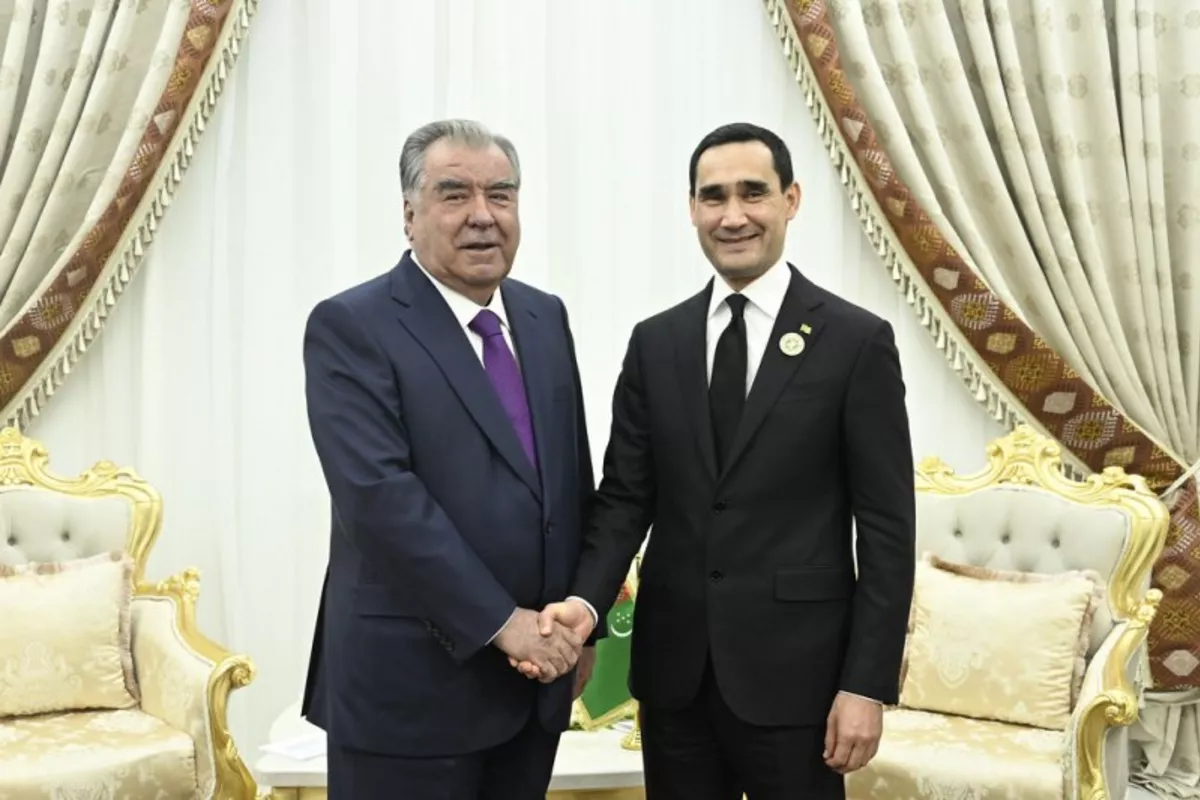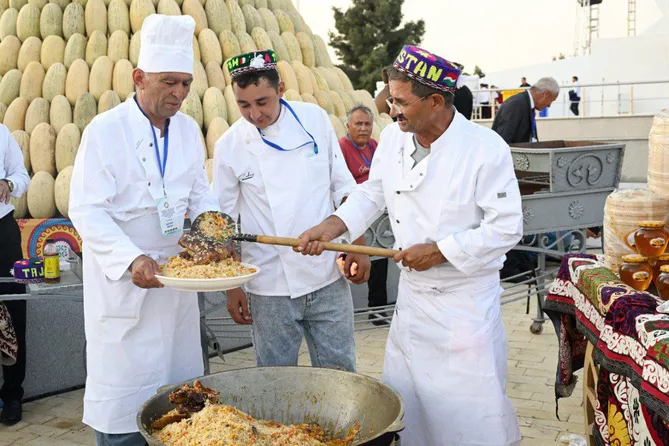
Tajikistan and Turkmenistan have reached a key agreement to deepen economic cooperation and launch direct flights between their capitals, following high-level talks held on the sidelines of the Third United Nations Conference on Landlocked Developing Countries (LLDC3) in Avaza, Turkmenistan.
During a bilateral meeting, Tajik President Emomali Rahmon and Turkmen President Serdar Berdimuhamedov discussed current regional challenges and outlined shared priorities for expanding their strategic partnership, The Caspian Post reports, citing Tajik media.
Both sides reaffirmed their commitment to strengthening political dialogue, interparliamentary cooperation, and enhancing trade and investment ties. A proposal was made to develop a joint roadmap for 2026-2028 aimed at significantly boosting bilateral trade.
The leaders also emphasized the need to activate the Intergovernmental Commission as a key mechanism for advancing economic collaboration. As part of improved connectivity, the two countries agreed to work toward launching regular direct flights between Dushanbe and Ashgabat.
Further cooperation will extend across agriculture, industry, the oil and gas sector, transportation, and communications, while both sides also expressed readiness to strengthen ties in healthcare, education, culture, youth engagement, and sports.
On the international stage, the two presidents confirmed their intention to continue cooperation within the United Nations, the Commonwealth of Independent States (CIS), and the Consultative Meeting of Central Asian Leaders.
As part of the conference events, President Rahmon joined fellow Central Asian leaders in touring a special exhibition showcasing the economic and cultural assets of landlocked developing nations. The Tajikistan Pavilion featured a rich display of industrial products, agricultural goods, traditional handicrafts, and national cuisine.

Particular attention was drawn to the culinary section, where guests praised the quality, presentation, and culinary expertise behind the dishes on offer. The industrial showcase included textiles, jewelry, aluminum products, beverages, and other locally produced goods.
The day concluded with a cultural evening featuring artistic performances by musicians and ensembles from participating countries, celebrating the region’s cultural diversity and unity.
Share on social media